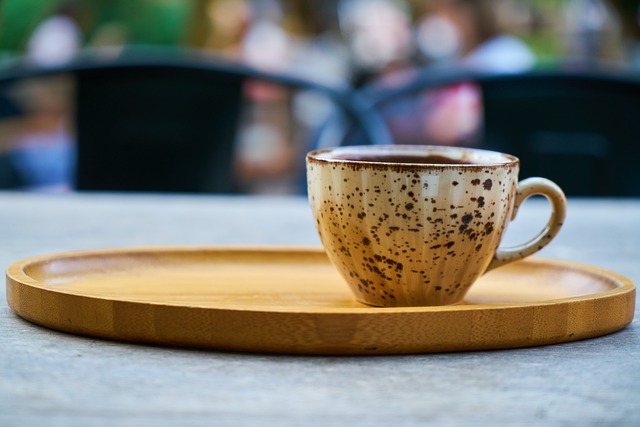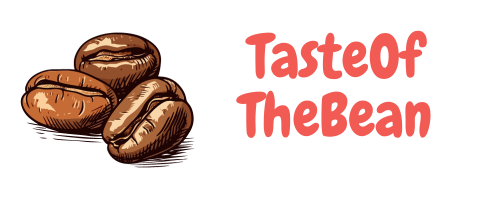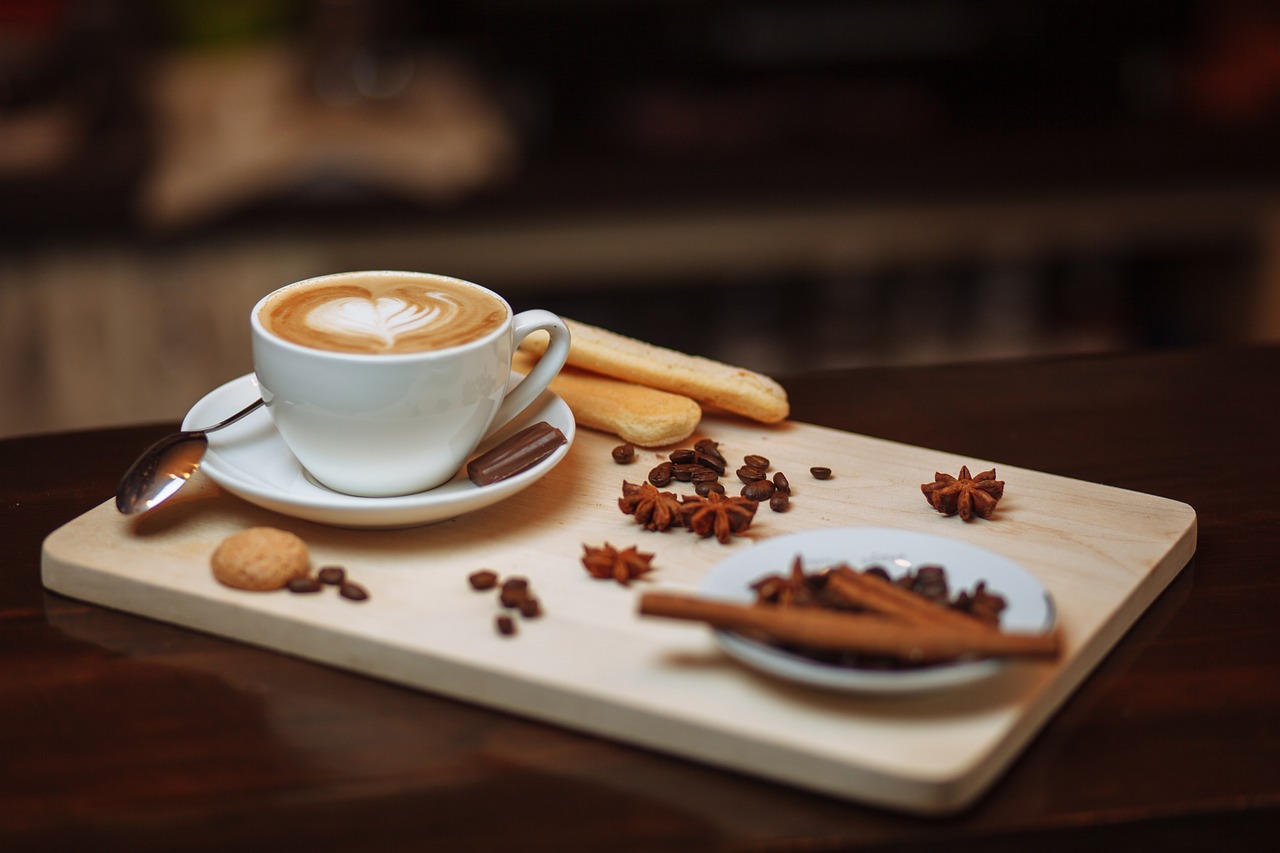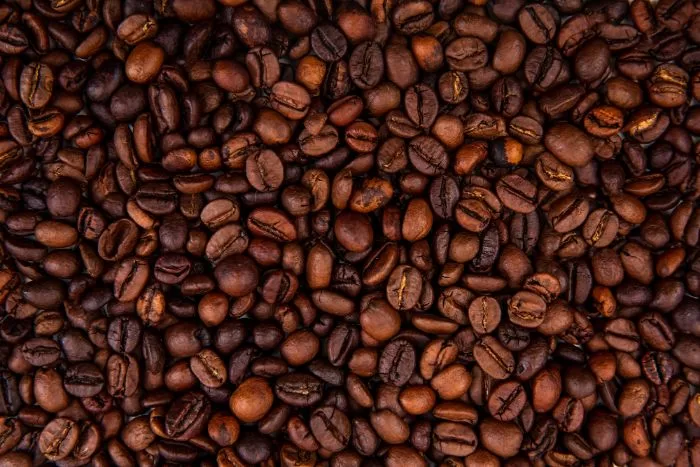Ah, coffee, the elixir that fuels our mornings and jumpstarts our afternoons. It’s no secret that coffee culture has swept the globe, uniting people from different corners of the world over a steaming cup of Joe. But today, we’re zooming in on two espresso wonders: cortado and cappuccino. These two drinks might seem similar at first glance, but there’s a world of difference waiting to be sipped.
We’re here to unravel the mysteries, taste the nuances, and determine which one reigns supreme in espresso!
Origins and History
Let’s start our journey with a little history lesson, shall we?
Cortado: A Spanish Delight
Let’s take a little jaunt to Spain’s sunny shores to uncover the delightful cortado’s historical background! Our story begins in the charming cafes of Spain, where the cortado was born. “Cortado” means “cut” or “shortened” in Spanish, which is quite fitting because this coffee is a shorter version of the café con leche.
Let’s fast-forward a bit to when the Cortado began its world tour. Like any rockstar, it had to leave its hometown to win hearts worldwide. As espresso machines spread across the globe, so did the cortado. It made its way to Latin America, where it became known as the “cortadito” in Cuba and the “pingado” in Brazil.
Cappuccino: The Italian Showstopper
Our journey now takes us to Italy, the birthplace of cappuccino. Hold onto your espresso cups; we’re in for a frothy ride! The cappuccino was concocted in the land of art, fashion, and iconic architecture. But it didn’t start as a coffee drink; no siree! The name “cappuccino” was inspired by the Capuchin friars‘ brown robes.
Now, why would monks have anything to do with coffee, you ask? Well, legend has it that they used to add a dash of milk to their coffee, and the frothy result resembled their distinctive attire. It’s like they were the original coffee fashionistas!
Fast-forward to 20th-century Italy, and we see the cappuccino getting its fancy makeover. Espresso machines became the norm in Italian cafes, and baristas started frothing milk to perfection. The cappuccino as we know it – a shot of espresso topped with steamed milk and a cloud of velvety milk foam – was born. It became a staple in Italian coffee culture, and the rest of the world couldn’t resist its charms.
Preparation Methods

These coffee-making processes are more than just a series of steps; they’re a symphony of flavors in the making.
Crafting the Cortado
To create a cortado, you begin with the basics, much like a musician tuning their instrument before a performance:
- Grinding and Brewing Espresso: The show kicks off with grinding and brewing a shot of espresso. This is where the magic begins. The espresso machine hums to life, and the aromatic, dark elixir starts flowing. It’s like the opening notes of a classic symphony, setting the tone for what’s to come.
- Steaming the Milk: Now, we move on to the art of steaming milk. It’s a delicate process, akin to a ballet dancer’s graceful movements. The milk must be perfectly steamed – warm, silky, and smooth, without crossing into frothy territory. It’s all about balance like a tightrope walker gracefully treading that fine line.
- Uniting Espresso and Milk: Finally, the two protagonists meet in your cup. The espresso and steamed milk blend harmoniously, creating a drink that’s as balanced as a carefully executed high-wire act. The result is a cortado, where the robust espresso and creamy milk take center stage in a beautifully orchestrated performance.
The Cappuccino Choreography
Now, let’s step into the world of cappuccino preparation, a more intricate and choreographed affair:
- Brewing Espresso: As with the cortado, it all begins with brewing a rich, bold shot of espresso. This is the conductor’s baton, setting the tempo and tone for the symphony ahead.
- Steaming Milk: Next, we have the steamed milk, the supporting actor in this grand production. It’s steamed to the same velvety perfection as the cortado, adding a layer of creamy richness to the performance. Think of it as the orchestra, providing depth and harmony to the composition.
- Creating Milk Foam: Here’s the show’s star, the milk foam! Creating that perfect foam is like choreographing a pas de deux between milk and air. It’s bubbly, airy, and delicate, ready to take place as the crescendo in our symphony.
- Layering the Elements: With the precision of a conductor, these three elements – espresso, steamed milk, and milk foam – are layered in the cup. Each element plays its role in perfect harmony, forming a beverage as intricate and beautiful as a ballet performance.
Taste Profiles of Cortado & Cappucino
Let’s start with the Cappuccino, shall we? Imagine a cozy café, maybe a bit hipster, but in a charming way. You saunter in, and the barista’s nimble hands are already crafting your masterpiece. Espresso, steamed milk, and a crown of frothy foam. It’s like a coffee-scented cloud gently kissing your lips. The first sip is a harmonious blend of rich coffee and creamy goodness. It’s like a warm, comforting hug from your favorite blanket on a chilly morning.
Let’s switch gears to the Cortado, the espresso’s suave, mysterious cousin. You order it, which arrives in a petite glass, like a stylish little black dress. The espresso is there, no doubt about it, but it’s got a companion now – steamed milk. The ratio is perfect, neither overpowering the other. It’s like a well-rehearsed duet, where every note hits the right spot. Sip and you’ll feel like you’ve just been let in on a delightful secret. The bold espresso meets the silky milk, a match made in coffee heaven.
Transitioning from one to the other is like switching from a classic novel to a spy thriller – both captivating yet entirely different experiences. The Cappuccino wraps you in its warm embrace while the Cortado whispers its smooth, caffeinated secrets.
So, whether you’re in the mood for a frothy daydream or a mysterious rendezvous, the Cappuccino and Cortado are here to make your coffee affair a little more interesting. Choose wisely, dear coffee connoisseur, and let your taste buds embark on a subtle, delightful journey.
Cultural Significance
Let’s travel through time and cultures with our coffee cups in hand.

Explore the Cultural Significance of Cortado
The cortado, a simple yet delightful coffee beverage, holds a special place in the hearts and culture of Spain. Its cultural significance can be understood through its role in Spanish coffee culture and the social and historical contexts in which it has thrived.
Role in Spanish Coffee Culture
The cortado is integral to Spanish coffee culture, emphasizing intense, bold flavors and social interactions. This coffee drink consists of a shot of espresso “cut” with a small amount of warm milk, creating a balanced and robust flavor profile. It is often enjoyed as a mid-morning or afternoon pick-me-up, allowing Spaniards to savor the rich taste of coffee without overwhelming their taste buds.
The cortado also plays a role in the Spanish café experience. Cafés, or “cafeterías,” are central gathering places for friends, families, and colleagues to socialize, discuss politics, or simply people-watch. The cortado provides a harmonious blend of caffeine and conversation, symbolizing communal bonding and relaxation.
Social and Historical Contexts
To understand the cultural significance of the cortado, one must consider Spain’s history and geography. Spain’s climate and relaxed lifestyle lend themselves to leisurely café visits, where people can escape the midday heat and connect over coffee. Additionally, Spain has a rich coffee history dating back to the 18th century when coffeehouses, influenced by those in France and Italy, began to thrive.
The cortado’s history is intertwined with the Spanish way of life, and its enduring popularity reflects a desire for quality and tradition. The cortado has also gained international recognition in recent years, becoming a symbol of Spanish coffee craftsmanship.
Discuss the Cultural Impact of Cappuccino
The cappuccino, known for its frothy milk topping and strong espresso base, has left a significant cultural impact, primarily associated with Italian coffee traditions and subsequent adoption and adaptation in different cultures.
Association with Italian Coffee Traditions
The cappuccino’s cultural significance is deeply rooted in Italy, where it originated. In Italian coffee culture, the cappuccino is traditionally consumed only in the morning, and the combination of espresso and steamed milk creates a velvety, harmonious flavor. The frothy milk topping is often considered an art form, with baristas striving for the perfect balance between coffee and foam.
Italy’s café culture strongly emphasizes the ritual of coffee consumption, and the cappuccino is a cherished part of this experience.
Adoption and Adaptation in Different Cultures
As coffee culture spread globally, the cappuccino followed suit. It became a symbol of sophistication and European charm. International coffee chains significantly popularized the cappuccino outside Italy, offering variations to suit local tastes and preferences.
In many countries, the cappuccino has been adapted to include flavored syrups, spices, or alternative milk options, reflecting the diversity of global coffee consumption. It has become a staple in cafes worldwide, often served throughout the day rather than in the morning.
Wrapping Up
In the great espresso showdown between cortado and cappuccino, the winner ultimately depends on your taste buds and coffee journey. Are you a fan of simplicity and boldness, like the cortado? Or do you prefer the complexity and harmony of the cappuccino? Whichever you choose, remember that the beauty of coffee lies in its diversity.
So, go forth, explore, and sip your way through espresso beverages. After all, there’s no wrong choice when it comes to coffee—it’s all about the experience.





Leave a Reply